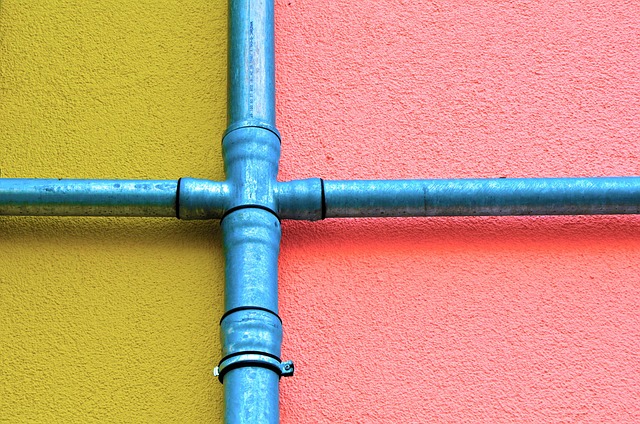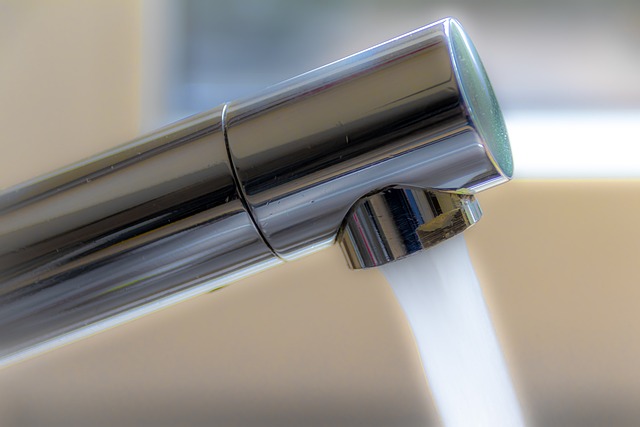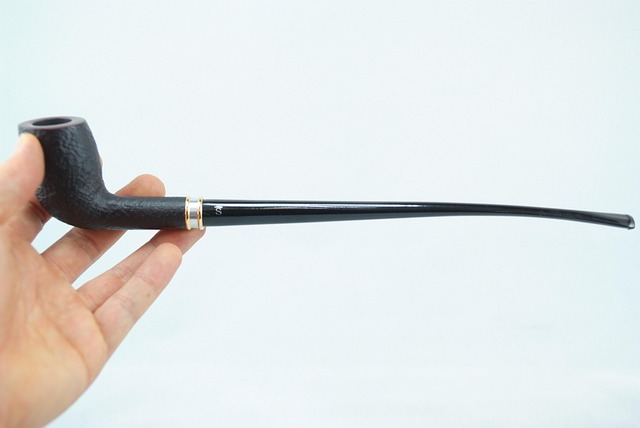Pipe leaks, caused by worn-out pipes, corrosion, poor installation, or freezing temperatures, can be detected by hissing sounds, water stains, and sudden spikes in water bills. Regular visual checks and moisture meters help identify problem areas. Recognizing condensation on windows, walls, or ceilings is crucial for distinguishing between pipe leaks and moisture buildup. Effective pipe leak detection combines sound identification, visual inspections, moisture meters, regular maintenance, insulation, and monitoring water bills.
Is it a leaking pipe or condensation building up? Distinguishing between these two issues is crucial for efficient home maintenance. This article guides you through the process of identifying common causes and indicators of pipe leaks, as well as recognizing different types of condensation and knowing when to take action. With practical tips on effective detection methods using readily available tools, you’ll be equipped with the knowledge to address these concerns promptly. Discover expert advice on Pipe Leak Detection Tips for comprehensive understanding and proactive maintenance.
- Understanding Pipe Leaks: Common Causes and Indicators
- Recognizing Condensation: Types and When to Worry
- Effective Detection Methods: Tools and Practical Tips
Understanding Pipe Leaks: Common Causes and Indicators

Pipe leaks can be a common household issue, often indicating problems within your plumbing system. Understanding their causes and indicators is crucial for timely detection and repair. Leaks typically occur due to various factors, such as worn-out pipes, corrosion, poor installation, or freezing temperatures causing pipe bursts. Identifying a leak starts with recognizing specific signs. One of the most noticeable symptoms is a continuous hissing sound coming from walls or floors, especially in older homes. Water stains on ceilings or visible dripping are also clear indicators, often appearing as discolored patches on walls or ceilings.
Another key tip for pipe leak detection is checking for sudden increases in water bills, which could suggest constant leaks going unnoticed. Following your water lines visually or with a moisture meter can help pinpoint problem areas, especially in hard-to-reach places. Regular maintenance and inspection are essential to preventing these issues; inspecting pipes for corrosion or damage during routine upkeep can save you from costly repairs down the line.
Recognizing Condensation: Types and When to Worry

Recognizing condensation is crucial for understanding whether your issue stems from a pipe leak or simply moisture buildup. Condensation can appear in various forms, depending on the environmental conditions and the specific areas of your home. Common types include surface condensation on windows, walls, or ceilings, as well as fogged-up windows and musty odors. While mild cases may not be cause for immediate concern, persistent or widespread condensation can signal a larger problem.
When it comes to pipe leak detection tips, paying attention to unexpected moisture is key. Look for water stains on surfaces or signs of water dripping from fixtures that shouldn’t be wet. If you notice recurring condensation in specific areas, especially in the corners or along exterior walls, it could indicate insulation issues or a poorly sealed space where cold air meets warm moisture, leading to potential pipe leak concerns.
Effective Detection Methods: Tools and Practical Tips

Pipe Leak or Condensation? Effective Detection Methods
Detecting a pipe leak can be challenging, but with the right tools and knowledge, it becomes manageable. One of the first steps is to utilize sound identification. Leaks often emit distinct dripping or hissing noises, especially in quiet environments. Following this, visually inspect pipes and surrounding areas for any signs of water damage, such as stains, mold growth, or puddles. If a leak is suspected, checking for moisture with a moisture meter can provide quantitative data to confirm the issue.
Practical pipe leak detection tips include regular maintenance checks, especially in older homes. Insulating pipes against extreme temperatures can prevent condensation buildup, which might be mistaken for leaks. Using pipe leak detectors, like audio or visual indicators, can also help pinpoint issues early. Additionally, keeping an eye out for sudden increases in water bills could serve as a red flag, prompting further investigation with the aforementioned methods.
Knowing how to differentiate between a pipe leak and condensation is essential for effective home maintenance. By understanding the common causes and indicators of pipe leaks, recognizing different types of condensation, and utilizing practical detection methods like specialized tools and visual inspections, you can swiftly address potential issues. Armed with this knowledge, you’ll be better equipped to implement Pipe Leak Detection Tips, ensuring a comfortable and leak-free living environment.
